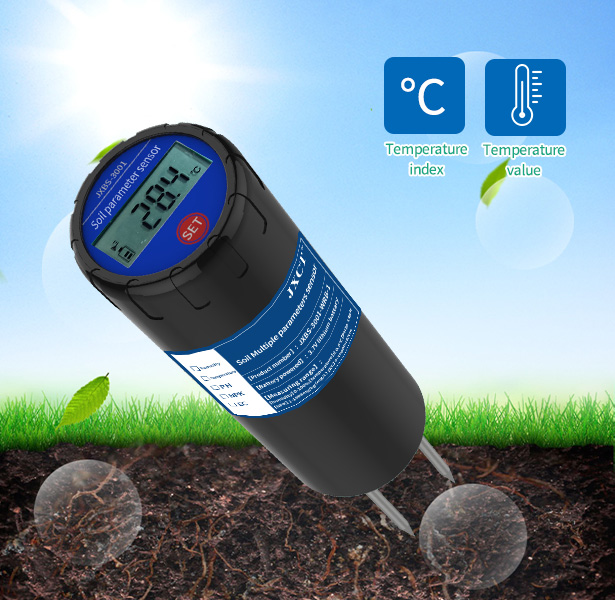The global population is steadily increasing, and with it, the demand for food. To meet this growing demand, agriculture needs to become more efficient, sustainable, and productive. One way to achieve this is by leveraging advanced technologies such as soil sensors. These sensors provide valuable insights into soil health, moisture levels, nutrient content, and other crucial factors that influence crop growth. In this article, we will explore the benefits of soil sensors in agriculture and their potential for revolutionizing the farming industry.
Understanding Soil Health:
Soil is a complex ecosystem that directly impacts plant growth and crop productivity. Soil sensors offer an in-depth understanding of soil health parameters, such as pH levels, organic matter content, and nutrient availability. This knowledge enables farmers to make informed decisions regarding soil management practices, including fertilization, irrigation, and soil amendments. By monitoring soil health with sensors, farmers can optimize soil conditions, leading to healthier plants and increased yields.

Accurate Moisture Monitoring:
Soil moisture is a critical factor in crop growth and water management. Under or over-irrigation can negatively affect plant health and water resource efficiency. Soil sensors provide real-time data on soil moisture levels, allowing farmers to determine optimal irrigation schedules and quantities. This precision in water management not only conserves water but also reduces energy costs associated with irrigation systems. By avoiding water stress or excessive moisture, farmers can maximize crop productivity and reduce the risk of diseases related to improper moisture levels.
Precision Nutrient Management:
Proper nutrient management is essential for plant growth and the prevention of nutrient deficiencies or excesses. Soil sensors play a vital role in precisely measuring nutrient levels in the soil, including macronutrients (e.g., nitrogen, phosphorus, potassium) and micronutrients (e.g., iron, zinc, manganese). By monitoring nutrient availability, farmers can adjust fertilizer applications to meet the specific needs of crops at different growth stages. This precision reduces fertilizer waste, minimizes environmental impact, and optimizes crop nutrition, resulting in healthier plants and improved yields.
Enhanced Disease and Pest Management:
Soil sensors can also aid in disease and pest management strategies. Some sensors are capable of detecting soil-borne pathogens or pests, alerting farmers to potential threats. By identifying the presence of harmful organisms early on, farmers can implement targeted control measures, reducing the need for broad-spectrum pesticides. This approach promotes ecological balance in agricultural systems, minimizing chemical inputs, and preserving natural predators and beneficial organisms. Additionally, soil sensors can help monitor soil temperature, humidity, and other conditions that contribute to pest and disease development, allowing for proactive management strategies.
Environmental Stewardship and Sustainability:
Incorporating soil sensors into agricultural practices promotes environmental stewardship and sustainability. By optimizing water and nutrient management, farmers can reduce nutrient runoff and water pollution, mitigating the negative impacts on nearby water bodies. Precision agriculture techniques enabled by soil sensors significantly reduce chemical inputs, conserving resources and limiting environmental contamination. Furthermore, by monitoring soil organic matter levels, sensors can contribute to carbon sequestration efforts, assisting in combating climate change.
Data-Driven Decision Making:
The data collected by soil sensors is invaluable for making data-driven decisions. By continuously monitoring soil conditions, farmers can track changes over time, identify trends, and gain insights into crop performance under varying circumstances. This information allows for proactive decision-making, enabling farmers to anticipate challenges, optimize resource allocation, and improve overall farm management. Farmers can also integrate soil sensor data with other agricultural technologies, such as weather forecasts and drone imaging, to create a comprehensive understanding of their farming operations.
Conclusion:
Soil sensors are powerful tools that offer numerous benefits to the agricultural industry. From providing insights into soil health and moisture levels to facilitating precision nutrient management and disease control, these sensors have the potential to revolutionize farming practices. By harnessing the data generated by soil sensors, farmers can make informed decisions, optimize resource allocation, enhance productivity, and promote sustainability. As technology continues to advance, soil sensors will play an increasingly crucial role in improving agricultural efficiency, ensuring food security, and supporting environmentally responsible farming practice






